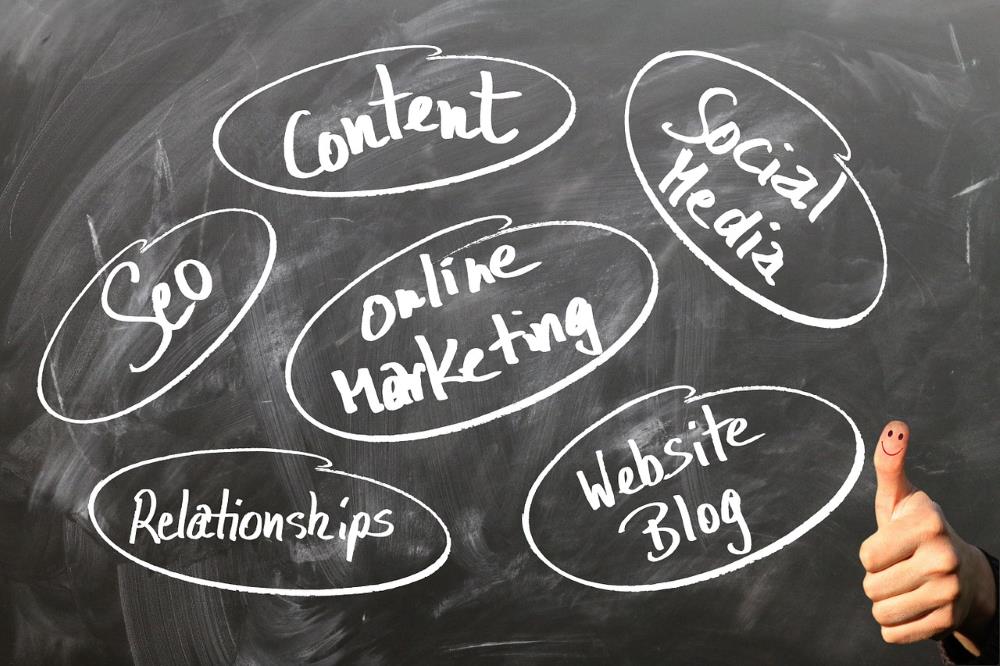Lotus CEO receives accolades, a testament to the company’s transformation
- Written by Vera Devai

Lotus CEO Liz Jones has been named Telstra Victorian Business Woman of the Year and also Victorian Medium and Large Business Winner, crediting the accolade to the “tremendous progress” for women in the building and construction industry.
Lotus provides specialised walls and doors, creating “adaptable dynamic environments” for commercial properties.
Not only does Lotus pride itself on ‘Creating spaces where people thrive’ when it comes to their products, Ms Jones is committed to making Lotus a place where employees and the business can flourish.
“Whilst winning this award recognises my journey of leadership, it also recognises the people of Lotus,” said Ms Jones while accepting the award in Melbourne.
“We are a business that is going through considerable business and cultural transformation, and that has not been without its challenges, for all of us. My commitment is to bring my whole self to Lotus. I enter the building each day with a whole heart and focused presence which allows me to live an integrated life and to lead others with authenticity.
“One of our values at Lotus is to Be Brave, as we are building a culture that is founded on care for each, excellence and courage. My Leadership team is diverse in both gender and experience, which allows for progressive thinking, novel decision making, and the ability to have a more diverse set of solutions to specific problems.
“As a woman that has worked in the building and construction industry most of my life, I have seen tremendous progress in how women are embraced in senior roles. This is a credit to not only women for persevering with resilience, but also to the men who are opening their hearts and minds to difference. We will never really get there without both.”
Ms Jones is now on the shortlist for Telstra’s National Business Woman of the Year award, to be announced in May.
About Lotus
At Lotus we understand the built environment and how rapidly it is changing. So we shall grow and innovate to be recognised as the brand leader for those who want to transform the way we live, learn, work and play – to create an environment for the activities of the moment. Adaptable, dynamic spaces that are people focussed connecting with their emotions and wellbeing. That is why at Lotus we are creating spaces where people can not only perform but thrive.
History
Lotus was founded in the 1960s supplying door and hardware retailers with various types of folding doors. Following the theme of adaptive space systems, Lotus introduced an Acoustic Operable Wall product range and moved into supplying installed product to the building industry. With manufacturing, design, acoustic capabilities being expanded and the introduction of Glas-STAX, Opera, Acoustic Sliders and Rotating Panel systems, Lotus is now the exclusive supplier of their products to the commercial building sector. Lotus is available throughout Australia and New Zealand. www.lotusdoors.com.au







